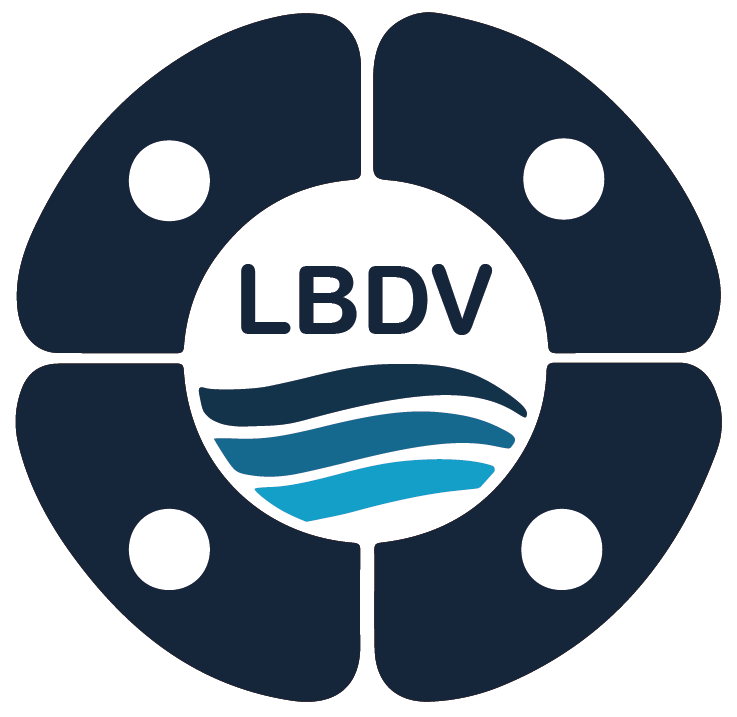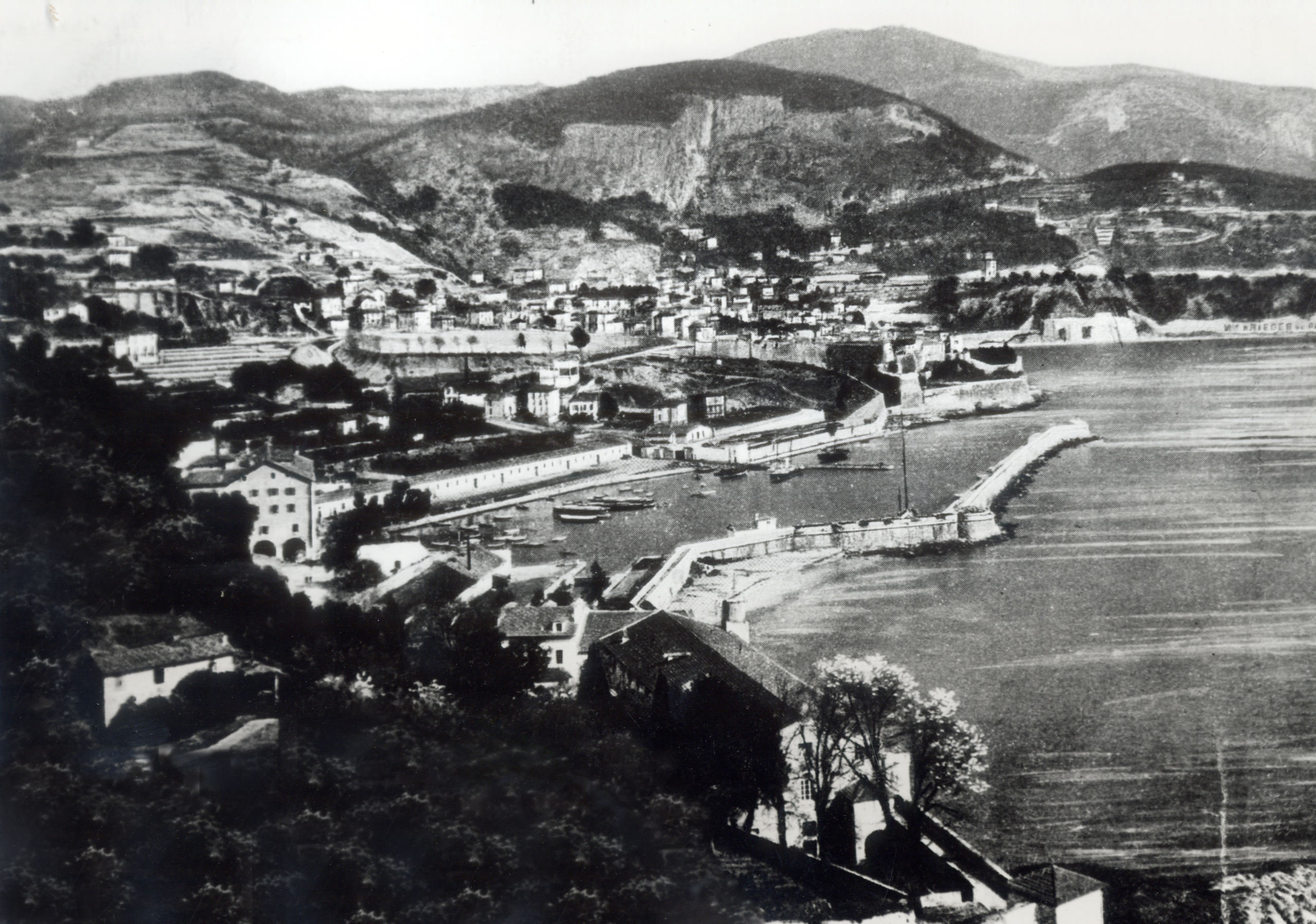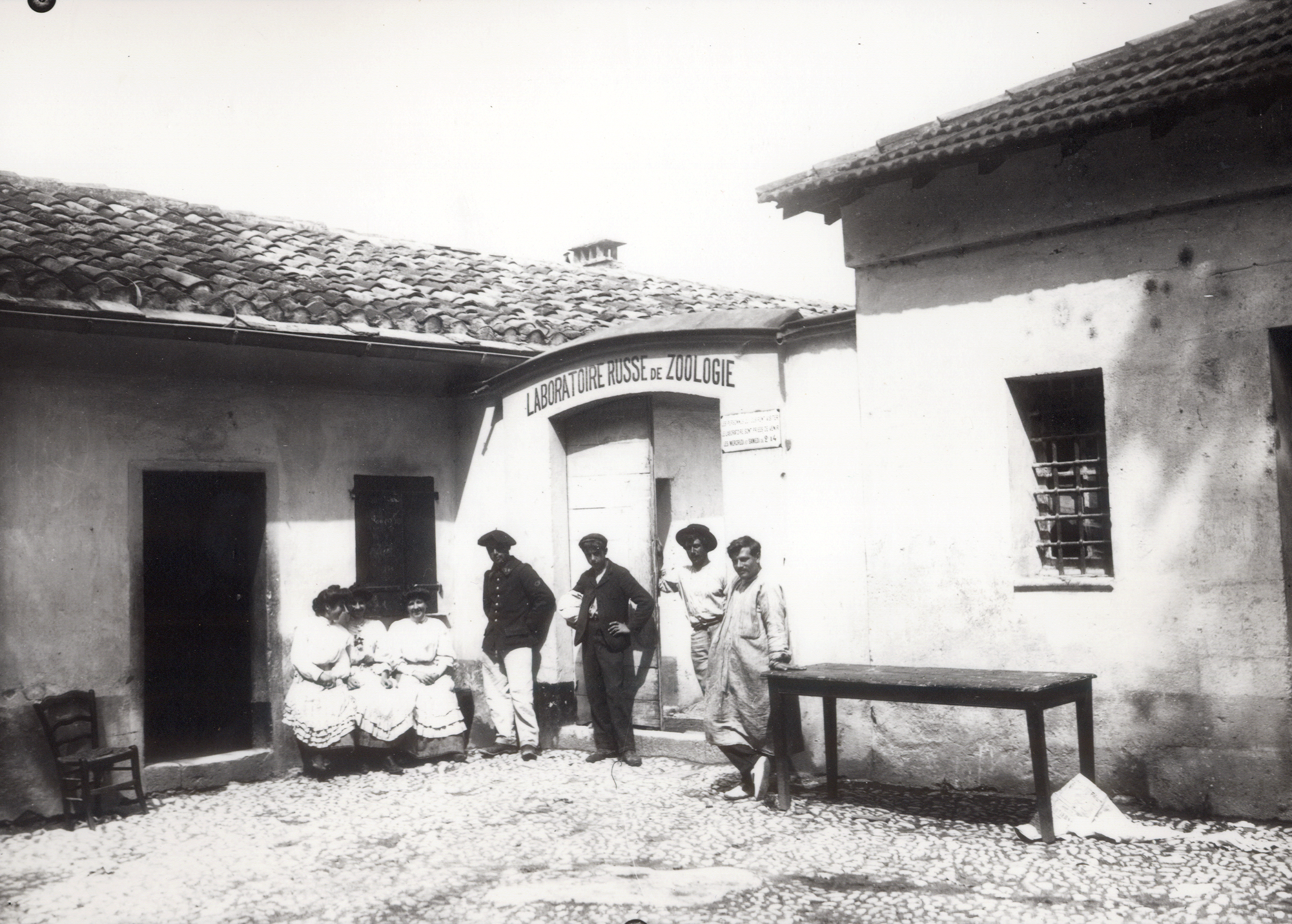à propos
The LBDV includes 7 research groups with complementary scientific interests and expertise, applying modern molecular, cellular, genetic and genomic approaches to address a range of biological processes. These include the production and fusion of gametes, the cellular mechanisms governing embryonic division programmes, body plan establishment and cell fate choices during embryonic development, the evolution of developmental mechanisms, organ regeneration and the genomic basis of animal diversity. To answer these questions, LBDV groups exploit “traditional” marine research species, such as sea urchin and ascidian embryos, while in parallel developing for advanced research animals such as jellyfish, colonial ascidians and amphioxus.





